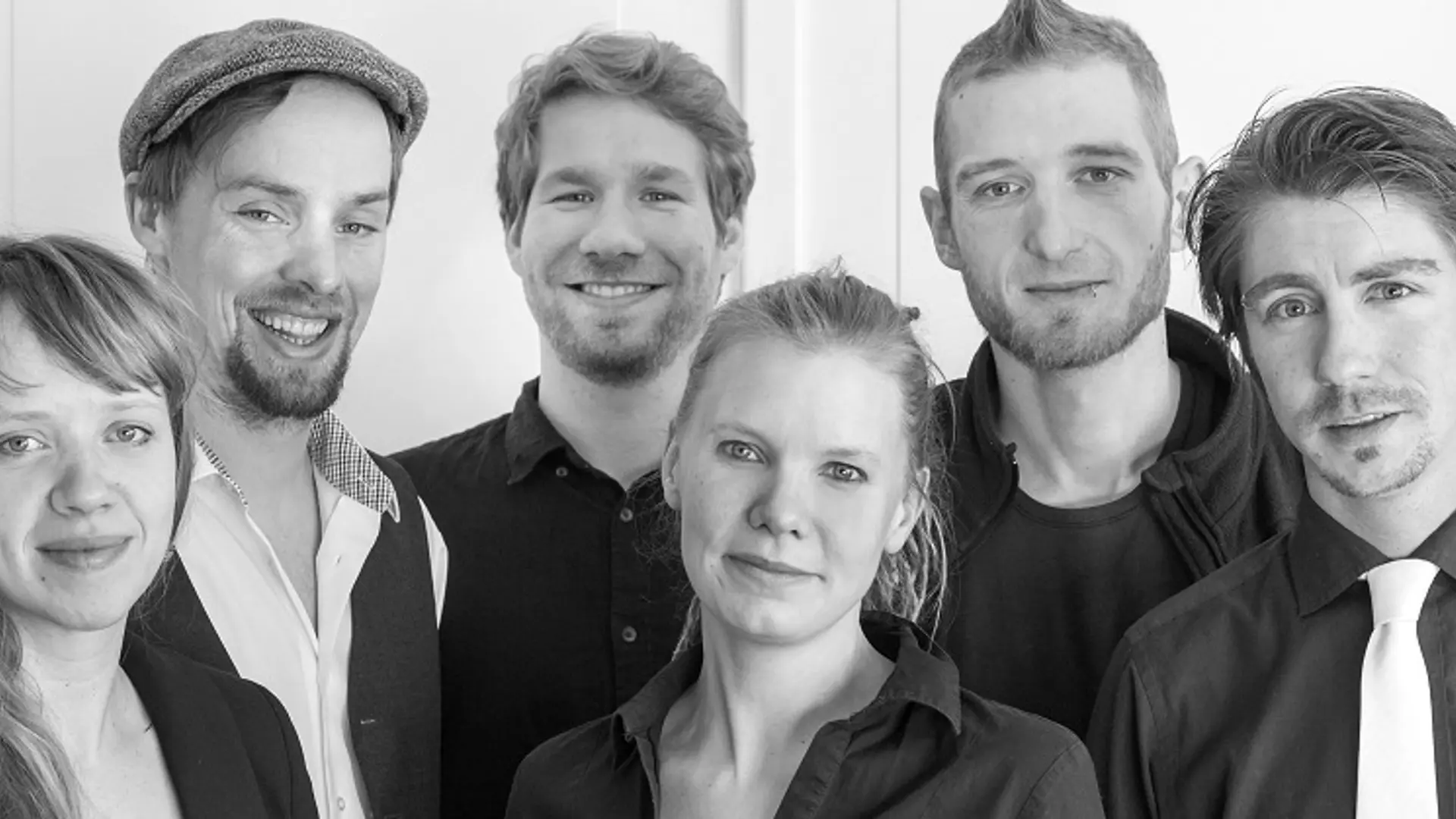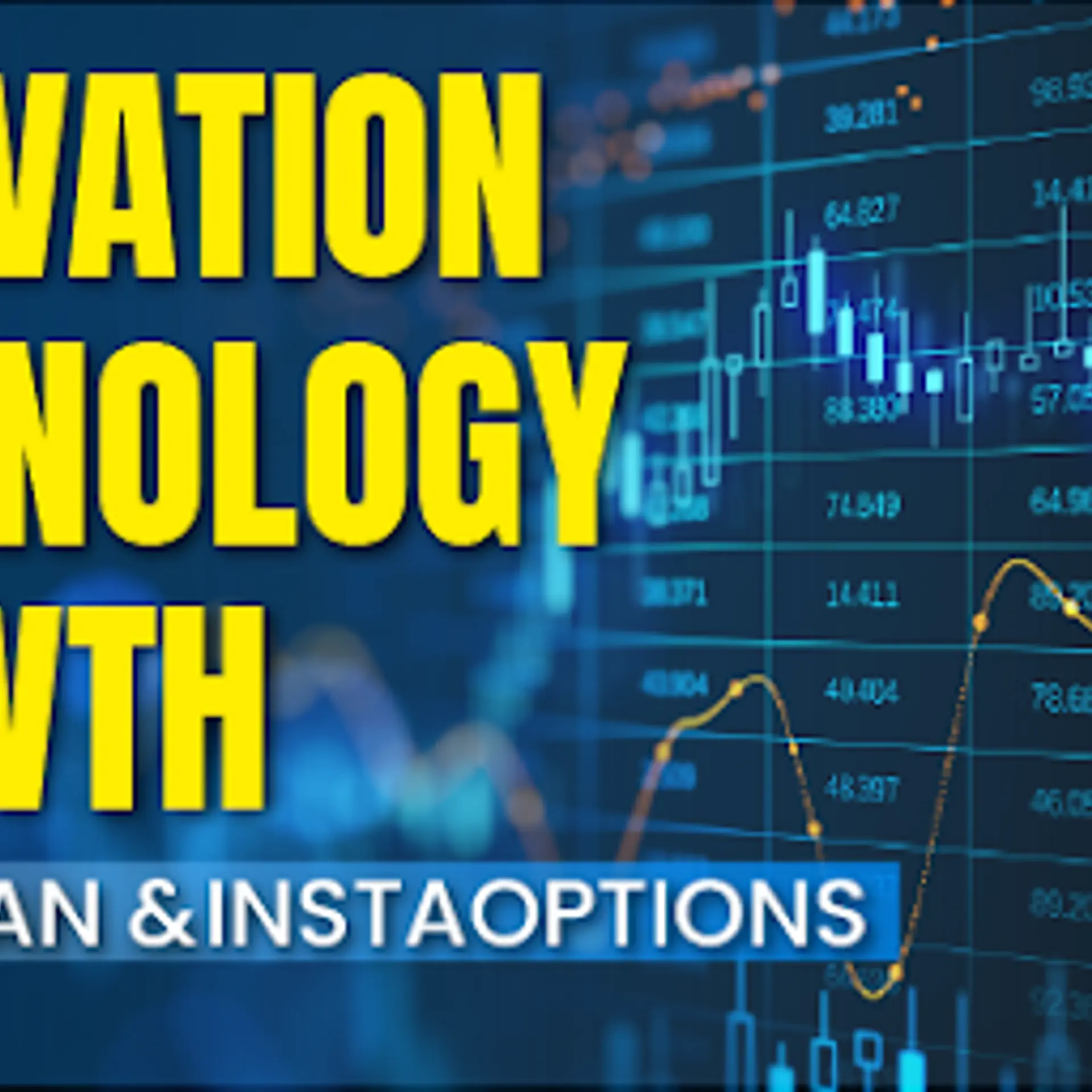How this German startup is going all out to help the Indian farmer
PEAT seeks to make cropping intelligent with its data capture feature that helps farmers mitigate crop damage
Being a farmer is never really easy anywhere in India. If the pests don’t get you the bad monsoons will, and if the monsoons don’t come then the moneylenders will, or to top it all off the chemicals can render the farm useless or the middlemen can fleece you by not paying a fair price for the produce. Bottom line: There are just too many negative elements at play.
But all these negatives have presented themselves as an opportunity for a German startup which is trying to solve some of the issues facing farmers in the country.

Founders of PEAT want to save farming in India. Progressive Environmental and Agricultural Technologies (PEAT) has, over the last couple of years, been working with 30,000 Indian farmers. Agriculture today is a $500 billion opportunity and there are more than 30 Indian startups that are using technology to solve problems in the industry. VDrone, Kisan Network, and Crofarm are some of the startups that use drones, supply chain technologies and farm aggregation (farm-to-fork connect) to change farming into a productive enterprise.
And farmers are happy with the growing interest in their sector. “Such technology helps me understand why the crop is unhealthy,” says Suryanarayana Reddy, a farmer in the Guntur region of Andhra Pradesh.
According to the World Bank, India has 395 million acres of land available for cultivation, of which only 215 million acres are cultivated.
The beginning
PEAT was set up in 2015. But it all started in South America. Four of PEAT's seven founders met during a German-Brazilian five-year research project in Amazonia, dealing with greenhouse gases (GHG), sustainability and land use change. “Our main research topic was the emission of GHG induced by land use change and options for action to mitigate them,” explains co-founder Charlotte Schumann.
The four soon realised that the farmer never asked them about GHG or the soil carbon content that they had been analysing. “They wanted to know what was wrong with their plants and how to best treat a certain disease,” says co-founder Alexander Kennepohl, adding that the vast majority of those farmers had a local name for the pathogens, which didn’t help much. Says Charlotte,
What you need is the scientific name. This insight led us to start up and address farmer problems in a digital and fully-automated manner.”
So Alexander and Charlotte, along with Simone Strey, Pierre Munzel, Robert Strey, Bianca Kummer and Korbinian Hartberger started PEAT.
PEAT’s India entry was through International Crop Research Institute for the Semi-Arid Tropics (ICRISAT), which has its global headquarters in Hyderabad. ICRISAT, which works on improving their mandate crops (mainly pulses) around the world, started work on digital agriculture. This year, PEAT, along with ICRISAT, has rolled out Plantix, a free app for farmers in South India. The app is adapted to important crops in the region and is offered in local languages.
Besides the app, the company offers APIs to other apps, farm management systems and systems with access to the internet and a camera. Other companies in agriculture can use PEAT’s platform to support farmers. “We offered this to major players in the Indian agriculture business and started to create collaborations all over India,” says Alexander. With the help of the German embassy, PEAT met several Indian companies interested in solutions for sustainable agriculture.
Plantix has 30,000 users in India. A major rollout of the adapted version in Telugu and Hindi will be launched in April.
In 2016, PEAT participated in the Merck Accelerator (Merck is a large life science company) and subsequently raised an undisclosed funding from German investor Christoph Maire and its company Atlantic Labs.

What does the technology do?
PEAT trains self-learning algorithms (Deep Neural Networks) to distinguish between different patterns that are left by plant diseases, pest or nutrient deficiencies. These deep neural networks are based on the same patterns humans learn. Like an expert, you have to prepare learning material for the machine in which you show how the different and characteristic pattern of each plant disease looks like. If you have enough material the machine will start to understand how to identify a specific disease just by showing it a picture.
Kishore Biyani, Chairman of Future Group, says,
"Data is paramount in alleviating farmer woes. Any data that can improve lives of farmers also adds value to the consumer in terms of great produce. The entire chain benefits in the process.”
The business
PEAT is a product company and is acquiring users at the moment. It is yet to generate any revenue at the moment.
The app identifies plant damages just by taking a picture, thus aiding farmers to save their crop without losing much time. “To train these self-learning algorithms, a huge database is needed. Today our database contains over 270,000 labelled pictures and it grows every day with every picture users send to us,” says Charlotte.
By just giving the reason why a plant is unhealthy is not going to add value for the startup. So PEAT provides information on the cause of the infection and how a farmer can prevent or treat it with biological as well as chemical products.
Beyond counselling farmers, PEAT's technology allows for the collection of data on plant diseases and pests. Since every picture comes to PEAT's servers tagged with a location and a time stamp, it can create real-time monitoring and forecasting systems for any crop at any place.
This image recognition software will be shared with agriculture companies who can use the knowledge to serve farmers. The company will make money on the number of pictures sent and analysed and the analytics engine that provides insights to companies can be monetised too.
“Farming needs a new fillip with consumer technology. Using smartphones, drones and devices to track soil and plant health is the future,” says Pranav Manapuria, co-founder of VDrone Agro.
The small farm holdings in India leave farmers in poverty because of bad yield. But technologies like PEAT are certainly the need of the hour.







